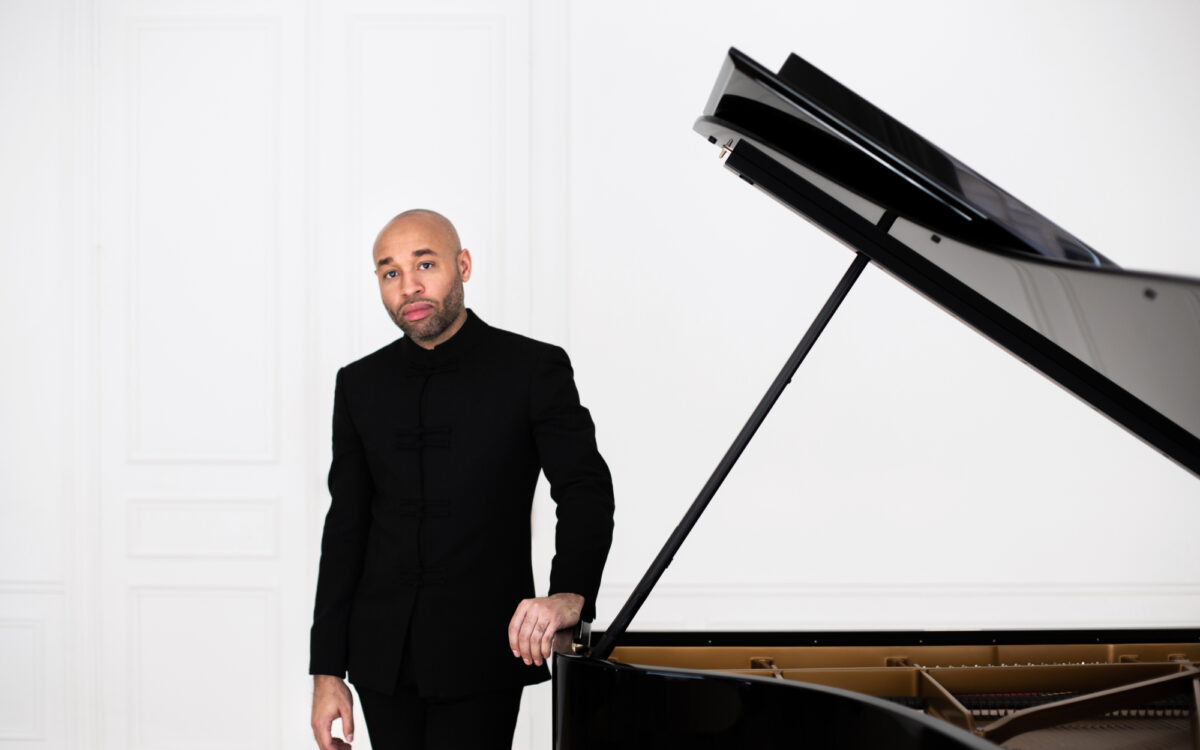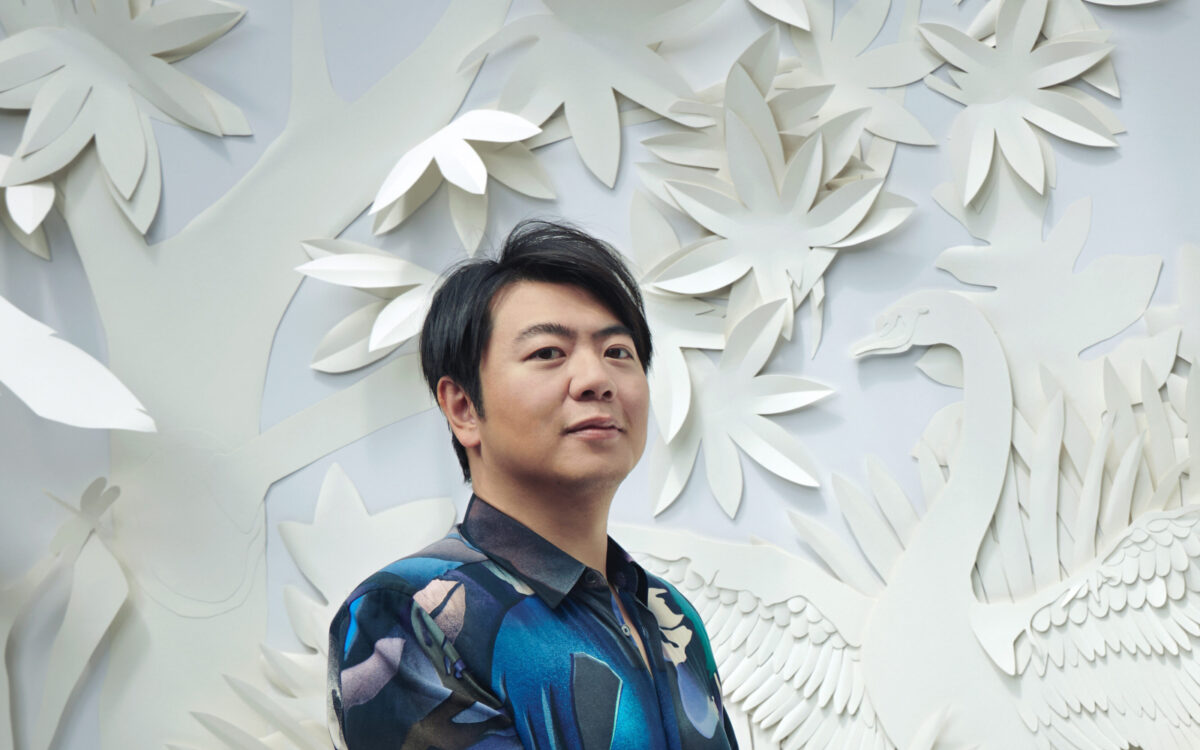An American in Paris
Composition and premiere: Gershwin spent much of 1928 composing and orchestrating the tone poem An American in Paris, which he began during a three-month trip to Europe that year and completed in November. Walter Damrosch premiered the piece on December 13, 1928, with the New York Philharmonic-Symphony Society. The Boston Pops began playing the piece regularly in 1929 with performances under Alfredo Casella, but the first BSO performance came much later, on August 9, 1974, at Tanglewood with Arthur Fiedler conducting. Stéphane Denève led the BSO in the most recent complete Tanglewood performance on August 6, 2013, for Tanglewood on Parade.
George Gershwin won public acclaim in the early 1920s for his songs and musical comedies, and in 1924 for his Rhapsody in Blue. He collaborated with his brother-lyricist, Ira Gershwin, on a series of successful Broadway and Hollywood musical comedies, and also wrote a few concert works, including the Piano Concerto in F (1925), the tone poem An American in Paris (1928), and the Second Rhapsody for orchestra with piano, which he premiered with Serge Koussevitzky and the Boston Symphony Orchestra on January 29, 1932. His career peaked with the opera Porgy and Bess, which had its world premiere on September 30, 1935, at Boston’s Colonial Theater before moving to Broadway. Gershwin died of a brain tumor in 1937 at age 38, while working in Hollywood on the film musical The Goldwyn Follies.
It was in April 1926, after spending a week in Paris, that Gershwin sent his hosts a thank-you postcard with a musical fragment marked “Very Parisienne” and labeled “An American in Paris.” As he set out in early 1928 to write an orchestral piece—his third large concert work, and his first without a solo piano part for himself—he returned to this motif, but was not sure of how to develop the music. However, as he pondered his attachment to the Hudson River from his home on West 103rd Street in Manhattan, he had a flash of inspiration: “an American in Paris, homesickness, the blues.”
Gershwin wrote a short narrative description of the piece in 1934:
This piece describes an American’s visit to the gay and beautiful city of Paris. We see him sauntering down the Champs Elysées, walking stick in hand, tilted straw hat, drinking in the sights, and other things as well. We see the effect of the French wine, which makes him homesick for America....He finally emerges from his stupor to realize once again that he is in the gay city of Paree, listening to the taxi-horns, the noise of the boulevards, and the music of the can-can, and thinking, “Home is swell! But after all, this is Paris—so let’s go!”
The work consists of five sections, each with its own themes which, once stated, reappear through the piece, often ingeniously juxtaposed with one another. The first two sections portray the “sauntering” American; the next two depict his “blues,” and the final section, his cheerful resignation. For extra local color, the first section quotes a popular maxixe from 1905 (presumably the “can-can” music) known by various names and popularly parodied in the States as “My ma gave me a nickel, to buy a pickle.” Gershwin scored the piece for large orchestra, featuring a contingent of three saxophones and an extensive percussion battery, including four taxi horns.
Howard Pollack
Howard Pollack is John and Rebecca Moores Professor of Music at the University of Houston and the author of George Gershwin: His Life and Work, Aaron Copland: The Life and Work of an Uncommon Man, and Marc Blitzstein: His Life, His Work, His World, among others.



